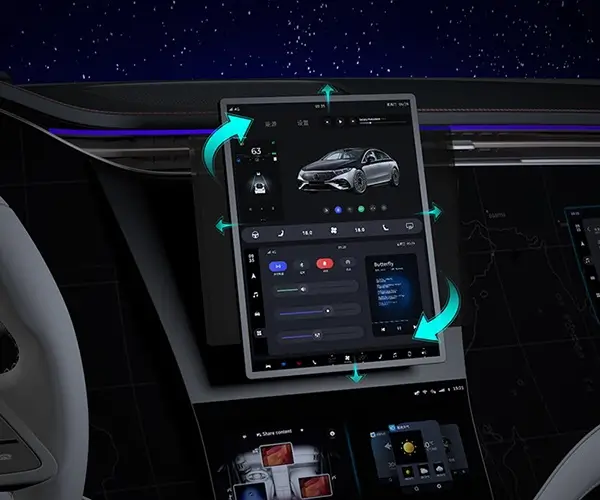Building Microservices with Kafka: The Smart Way to Scale Your System
When it comes to creating microservices, one of the most crucial things to consider is how these services communicate with each other. You don't want everything to be tightly coupled, right? That's where Kafka comes in.

Now, imagine you're building a system that needs to handle a lot of data—think real-time updates, large volumes of transactions, or processing streams of information. Kafka, being a high-performance distributed event streaming platform, can help you with exactly that.
Why Kafka?
You might ask, “Why Kafka and not some other messaging system?” Good question. Let’s break it down. Kafka provides a few key advantages. First, it's designed for scalability. Whether you're dealing with just a handful of services or hundreds of them, Kafka can handle the load, making sure that your microservices don’t get overwhelmed. It can handle massive amounts of data without missing a beat, thanks to its distributed architecture.
Another key benefit of Kafka is reliability. In a microservices environment, things can go wrong—services crash, messages are lost, and chaos can ensue. But Kafka ensures that data is never lost, and it allows for efficient communication even when services go down. This means your services can continue operating smoothly, and you won’t lose crucial data.
Event-Driven Architecture
The whole idea behind microservices is to break down complex applications into smaller, more manageable parts. But these parts need to talk to each other. In a traditional monolithic application, this communication is usually synchronous. That means one service waits for the other to respond, which can cause bottlenecks.
With Kafka, communication becomes asynchronous and event-driven. This means that when something happens in one service—say a user places an order—the service sends an event to Kafka. Other services that need to know about this event (like inventory, billing, etc.) can pick it up at their own pace, without blocking the entire system. This reduces bottlenecks and improves overall system performance.
The Ease of Integration
Integrating Kafka into your microservices environment is simpler than you might think. Kafka’s ecosystem provides all sorts of tools and connectors that allow it to easily fit into your existing architecture. Whether you’re working with Java, Python, or any other language, Kafka has the libraries to make integration smooth.
Kafka doesn’t just help you with basic messaging; it also supports stream processing. This allows you to process data in real time, which is perfect for situations where you need instant insights, like tracking customer behavior or monitoring systems.
Real-World Example:
Let’s say you’re running an online retail store. A customer places an order, and your microservices architecture needs to handle everything from payment processing to inventory management. Instead of having one service waiting for another to finish its task, each service listens to events on Kafka. The payment service gets an "order placed" event and starts processing it. The inventory service then listens for the same event and adjusts stock levels accordingly, all without being blocked by other tasks. It’s like a perfectly choreographed dance of independent services working together smoothly.
The Bottom Line
Kafka doesn’t just make your microservices more efficient; it makes them more resilient and easier to scale. With the ability to handle huge amounts of data, support real-time processing, and ensure that nothing gets lost in the communication process, Kafka is a powerful tool for any microservices environment. It lets you focus on building and scaling your system without worrying about performance bottlenecks or lost messages.
If you’re looking to take your microservices architecture to the next level, building with Kafka is one of the best decisions you can make. It’s not just about sending messages; it’s about creating a robust, scalable, and efficient system that can grow with your business needs.
Don’t let complex communication break your system. Let Kafka power your microservices, and watch your architecture flourish.
Established in 2005, Kpower has been dedicated to a professional compact motion unit manufacturer, headquartered in Dongguan, Guangdong Province, China. Leveraging innovations in modular drive technology, Kpower integrates high-performance motors, precision reducers, and multi-protocol control systems to provide efficient and customized smart drive system solutions. Kpower has delivered professional drive system solutions to over 500 enterprise clients globally with products covering various fields such as Smart Home Systems, Automatic Electronics, Robotics, Precision Agriculture, Drones, and Industrial Automation.




































